Hello, everyone! I hope you are enjoying all the activities.
Please keep sending me photos of your learning.
moortowneyfs@spherefederation.org
Phonics
Listen to Oi Frog on BBC Bitesize
Can you spot the rhyming words?
Write the following digraphs:
sh ch th ee
Please read the digraphs to your child so that they don’t copy them. They can then write them in their home learning book.
For help with pronunciation –
Write a sentence about the picture; eg I can see fish and chips.
Remember to use a capital letter and a full stop.
Remember, it is okay for things to be spelt phonetically. It is important your child grows into an independent learner. Encouraging your child to write the words as they sound rather than always spelling correctly is important. It encourages the children to use their own skills – rather than copy from an adult.
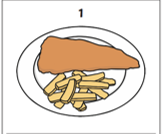
Literacy
Book of the week-The tiger who came to tea
https://www.youtube.com/watch?v=SsXtqJp8Az8
Draw a story map to retell the events of the story.
Maths-subtraction
Play Bud’s number garden at BBC Bitesize
Solve the number problems
Use objects to help or draw the number story.
First, there were 6 ducks in the water. Then, 4 got out of the water. How many are left in the water?
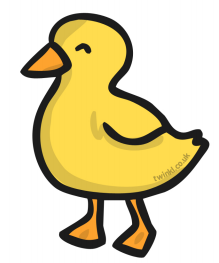

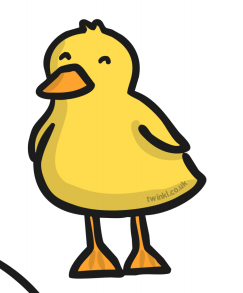



Challenge: There are 6 ducks in the water. Some ducks got out of the water. Now there are only half left in the water. How many ducks got out of the water? How many are left?
I had 8 apples. I ate 3. How many do I have left?
Challenge: I had 8 apples. I ate some and have 5 left. How many did I eat?
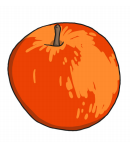







There are 5 people in the house. How many shoes will be by the door? Try to count in 2’s to find the answer when counting the pairs of shoes.
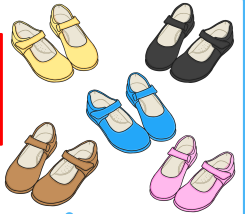
Maths vocabulary in Reception
I’ve had some questions about the vocabulary we use in Reception-it is confusing!
The first words children use in maths are more, less, the same, many, lots, fewer, greater than, more than, less than to compare numbers and sets of objects.
During addition and subtraction activities we use:
add, plus, total, how many altogether, one more, equal, the same as
takeaway, subtract,total, how many are left, fewer than
We always use objects-cubes, counters, small toys or anything else the children can move around! We encourage children to draw pictures to help them develop their understanding.
At this stage the children don’t need to write a number sentence.
The important thing is the children’s understanding of number.